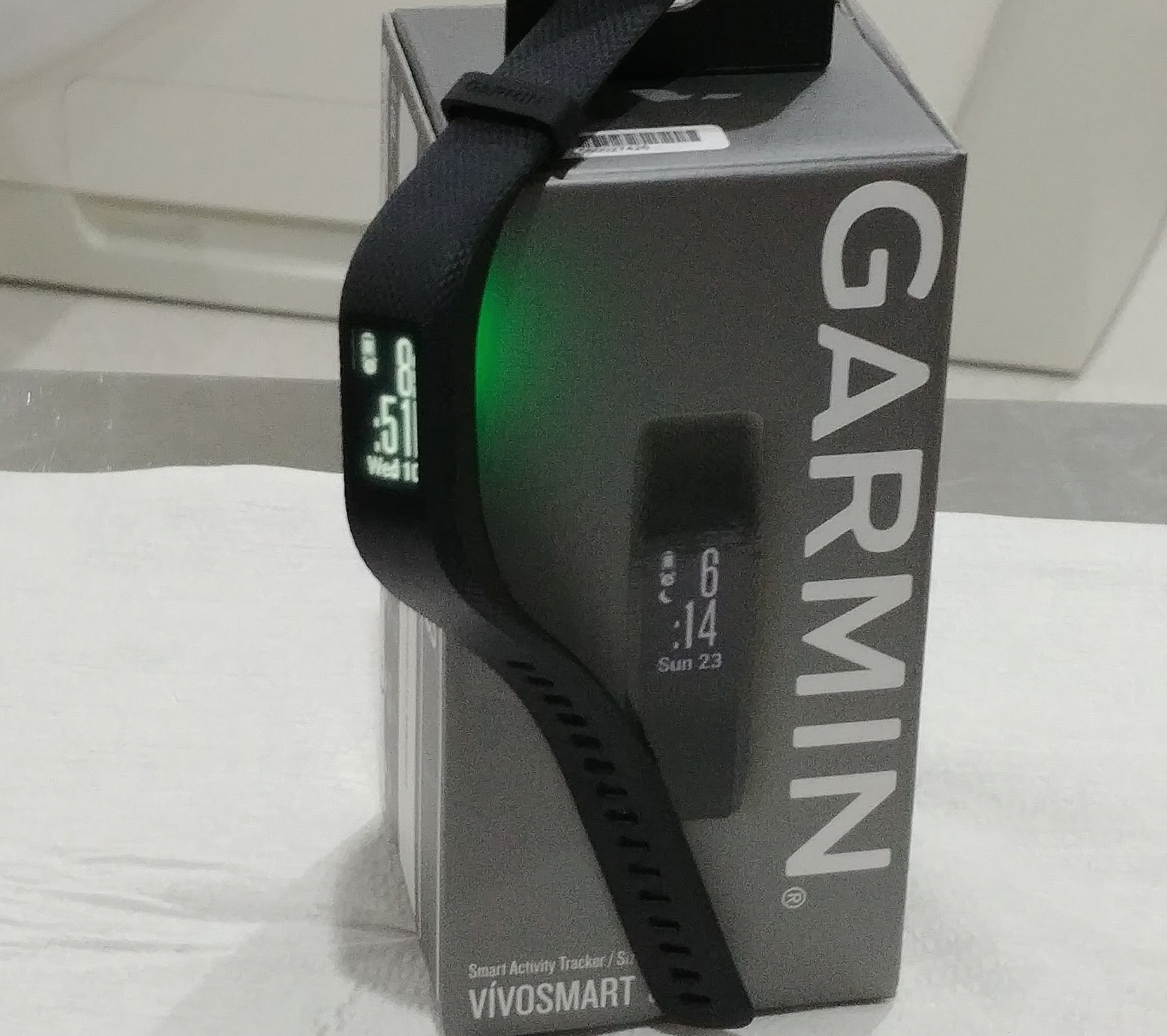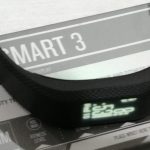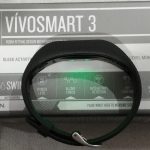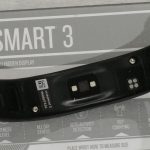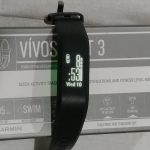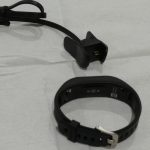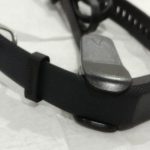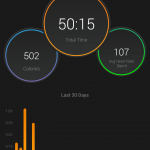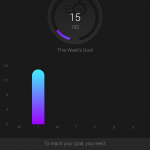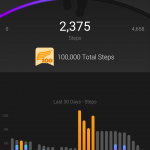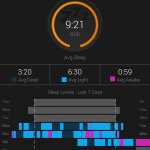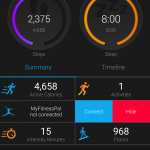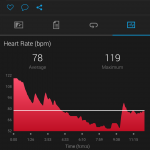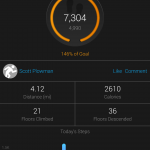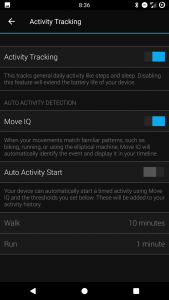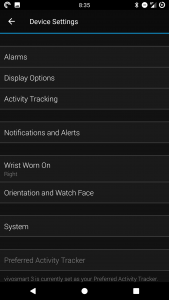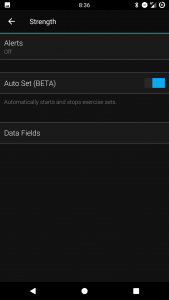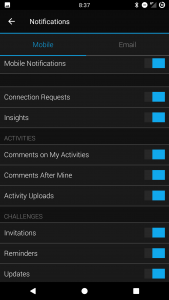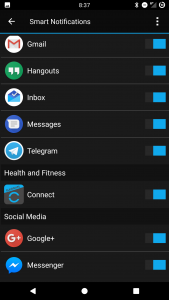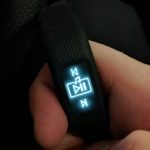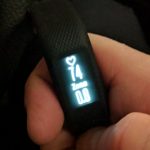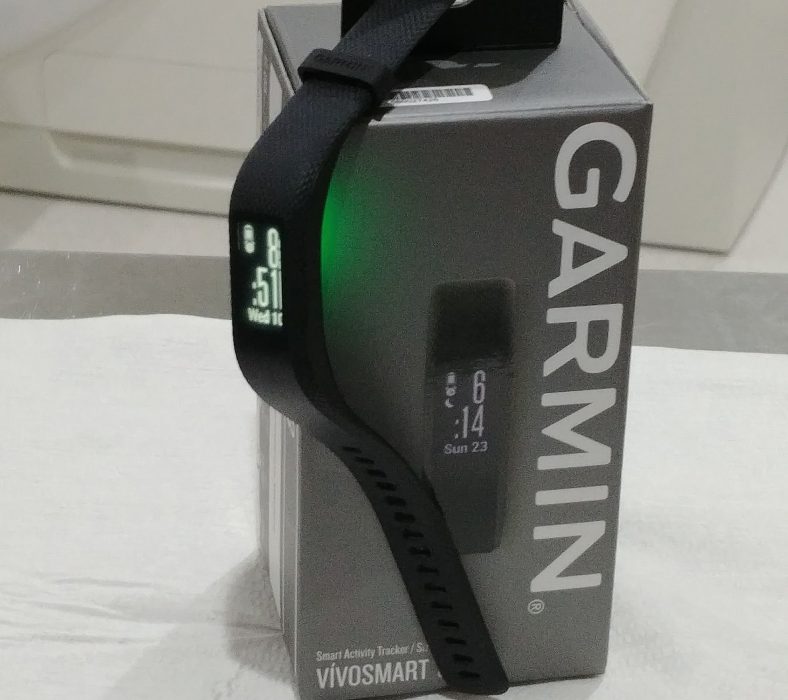
New fitbands seem to be a dime a dozen but if a brand wants to set themselves apart from the pack they need to come with something different. With the Vivosmart 3, Garmin are attempting to do just that. Any old device can measure steps these days but how many can count reps for you? This is where Garmin hope to fill the void, with an all over fitness device for gymrats as well as cardio queens.
I cover a lot of fitbands here at Ausdroid but in the real world I have very little use for them. I like the advanced sleep tracking of one variety but for steps and calories I really don’t care. For me it is all about the weight I push. This is why I think the holy grail of fitbands is the ability to do all that they already do (steps, calories, cardio workouts etc) but add in the ability to easily record a weights workout and you have a device that is innovative and sets itself apart from the pack of also-rans.
The Garmin Vivosmart 3 includes a new Strength Training activity that tracks the exercise form and counts the reps, sets and rest times. Data is then sent to the Garmin Connect app where it can be reviewed later in greater detail. Sounds too good to be true but I figured I’d give it a damn good test and see how it went.
Design and Comfort
The Garmin Vivosmart 3 is not the best looking fitband out there. It is a patterned black band. Innocuous for sure, stylish? Definitely not. The display and the band are combined into one, giving it a seamless design. When the display is off it is disguised as part of the band. There is no way to replace the band with one of a different colour unlike the Fitbit Alta HR. There are two choices of colour, black or purple.
The band is a decent quality rubberised band with a seemingly high quality metal buckle. The band has many graduations to secure it allowing for a perfect fit no matter the size of your wrist.
Display and Hardware
The display itself is a 128 x 64 pixel OLED display that is easy to read under any lighting conditions, once you remember how to turn it on. The easiest way is to flick the wrist up but you can also turn it on with a double tap of the display. The display is touch sensitive but between all the swiping and double tap and single tap actions I was often confused as to which I was meant to do at that time to go where I wanted to.
The Vivosmart 3 is waterproof to 50m meaning you can shower with it on and go swimming with it on which is a big plus it has over the Fitbit Alta HR. The Vivosmart 3 also includes a heart rate sensor, as so many do, but what sets it apart is that it is constantly monitoring your HR and from this calculates your stress levels and displays it on a chart. The heart rate sensor was once again very accurate when testing it compared to medical-grade ECG monitors and pulse rate sensors.
The disappointing omission in the Vivosmart 3 is GPS. There is no option to sync a phone’s GPS to the Garmin software either which is a strange omission considering that GPS is Garmin’s bread and butter.
Software
I have been over the Garmin Connect software in the past and it has slightly changed, albeit just to include the new features they have included. It is slightly confusing in parts in that there are user settings, app settings, device settings — so many settings. It isn’t as nice as the Fitbit app and isn’t as user friendly but all the information is still there, you just need to get used to finding it.
I found the easiest way was to go to the calendar and then drill down into each record to determine what each meant. The sleep information recorded by the GPS isn’t as detailed as the Fitbit Alta HR and even when I was wearing both to bed there were conflicting results between the two. Overall the general sleep information though seemed correct.
The daily stress levels were interesting with the watch measuring far too much high stress levels (I have no doubt it was accurate though). As part of the software Garmin have included guided breathing exercises to help with stress levels with the fitband telling you when to breathe in and breathe out. Not extremely helpful for me but I know some people who may find that feature extremely useful.
One of the new fitness tracking features Garmin have included is the fitness score and fitness age. This is based on your estimated VO2 max. Just how accurate this VO2 max is I am unsure but I dare say it wouldn’t be as accurate as that done in a proper lab but you really should not expect that in a $229 fitband.
The new feature that for me is the holy grail of fitbands is the ability to count reps and sets and rest times. There is also the option for it to automatically detect what movement you are doing and suggest what exercise it is. The very first workout I had the Vivosmart3 on for it automatically detected the correct exercise (lateral raise) and counted the reps correctly. Unfortunately without manually ending and starting sets it got very confused and would count a set with reps as I walked across the gym floor with my drink bottle in my hand.
After such an impressive start it was all downhill from there I’m afraid. It was good being able to manually enter exercises and reps but the confusing nature of the interface meant I kept ending workouts early and then not storing them and so on. The idea is good but unfortunately not quite there yet. Garmin have labelled some of this functionality as beta at this stage and I can see why. If you had the time to enter all your workouts into the app beforehand this functionality would be very useful but unfortunately it was just not quite there yet. There are plenty of gym record apps out there that can do the same thing. In the end I ended up thinking that maybe Garmin should incorporate one or some of these into their Garmin Connect app instead of trying to add the functionality themselves.
As a whole the steps recorded was very accurate although it got a tad confused when I flew from Sydney to San Francisco for Google IO. World record steps?!? There was also a day where I was running late for the ferry for my previously booked Alcatraz tour and I ran, yes, you read that correctly, I ran, over 2 miles in a very short period to make the ferry in time. The Garmin Vivosmart 3 told me I had not done any steps at all. It missed all the steps I took around Alcatraz too. Very disappointing. If your fitband hasn’t recorded your steps, have you even really exercised?
The Vivosmart 3 sets itself apart from the Fitbit Alta HR though with it’s ability to control the music on your device. Others have had issues controlling non-standard apps but I had no issue with it being able to control both GPM and Pandora. The other thing it does well that the Fitbit lags with is notifications. Garmin have always had the wood on Fitbit with their notifications and they have continued this. You can add whatever app and notification you want which is a nice addition.
Battery life
The Fitbit Alta HR had nearly a week of battery life and unfortunately the Garmin could not match that. The Vivosmart 3 lasted around 4-5 days on a single charge which is still pretty good. They have supplied a proprietary charging cable that is difficult to use. It clips in similar to the Fitbit chargers but this one clips at the end of the display — not ideal but at this stage most fitbands come with proprietary charging solutions due to the limited space to offer a generic solution.
Conclusion
The Garmin Vivosmart 3 is not the prettiest fitband going around. It is a fairly bland black band whose display blends into the band when off. While bland, the band is comfortable and flexible, allowing for a perfect fit for all wrist sizes. The Vivosmart is waterproof to 50m and a battery life that is over four days with HR continually monitoring.
The Vivosmart 3 brings a few new innovations to the fitband space including rep and set counting, VO2 max measuring to allow fitness age calculation and a measurement of stress levels (along with a way to lower said stress levels). Most of these functions worked relatively well but considering there is a beta label attached to parts of them expect them to get dramatically better with future updates.
There were times when the fitband missed some steps and miscounted reps and sets but on a whole was a solid device. The sleep functionality didn’t quite match the Fitbit Alta HR standards but was not far off. The Garmin app is not as good as the Fitbit app and the bands cannot be changed for different colours and materials but in the end many will prefer the plain look of the Vivosmart 3 over the Fitbit Alta HR.
The Garmin Vivosmart 3 can be purchased from the usual places including JB Hi-Fi, Rebel Sport and others for $229. It is one that I think stacks up well against the Fitbit Alta HR but in the end is overall not as polished. If the extra features on the Garmin are something that may interest you I would recommend at least checking it out before purchasing a new fitband.

